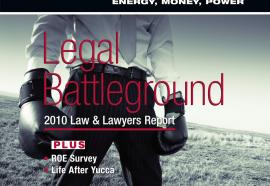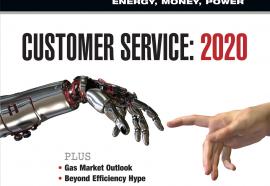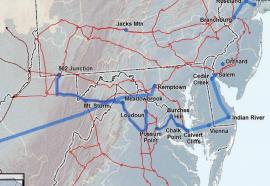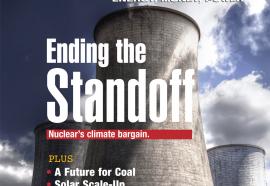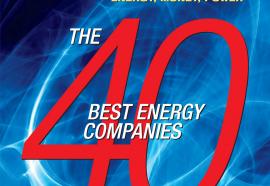Capacity Contest
Raising the stakes in RTO markets.
Generators and demand-response providers are reaping rewards in forward capacity auctions, causing suppliers to go shopping for the most lucrative markets. Now the Midwest ISO is trying to catch up, by proposing its own auction for years-ahead resource bids. But does RTO shopping serve the interests of customers, who are legally entitled to rates that are just and reasonable? Why are some state policy makers advocating a return to old-school RFPs for long-term contracts?



